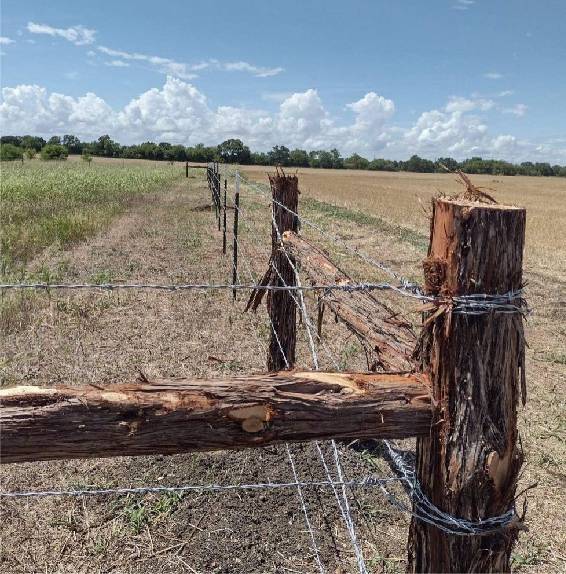China's Iron Wire Market Trends and Innovations for 2023
The Evolution and Importance of Iron Wire in China’s Industrial Landscape
Iron wire has been a crucial component in various industries for centuries, and its significance has grown exponentially in the modern era. In China, the production and use of iron wire have evolved significantly, reflecting broader trends in industrial development, technological advancements, and the demands of a burgeoning economy.
Historically, iron wire was primarily used in construction and agriculture. It served as an essential material for reinforcing structures, making fences, and supporting crops. The traditional methods of producing iron wire involved manual labor and rudimentary techniques, limiting the scale of production. However, as China underwent industrialization in the late 20th century, the need for more efficient and robust iron wire production methods became evident. This shift was marked by the introduction of modern machinery and manufacturing processes, which vastly increased output and improved the quality of the wire produced.
The Evolution and Importance of Iron Wire in China’s Industrial Landscape
The construction industry, in particular, has seen the most significant demand for iron wire. With China’s rapid urbanization and the continuous development of infrastructure, the need for reliable materials has skyrocketed. Iron wire is commonly used to reinforce concrete structures, ensuring stability and safety. Additionally, its application in the production of wire mesh for building facades, fences, and other structural elements highlights its importance in contemporary construction practices.
iron wire china

Agriculture is another vital sector benefiting from iron wire. Farmers use it for fencing livestock, supporting plants, and creating trellises. The durability and strength of iron wire make it an ideal choice for these applications, contributing to improved productivity in the agricultural sector. As China strives for greater food security and sustainable farming practices, the demand for such reliable materials will continue to grow.
Moreover, the rise of e-commerce and the logistics industry in China has further spurred the development of innovative iron wire products. For example, the demand for high-quality wire baskets, racks, and other storage solutions has increased as retail and warehousing operations expand. This evolution demonstrates how traditional materials like iron wire can adapt to meet the dynamic needs of modern economies.
The environmental impact of iron wire production is also a critical area of focus. As China grapples with pollution and sustainability challenges, the iron wire industry is shifting toward greener practices. Many manufacturers are investing in eco-friendly technologies and processes, minimizing waste and reducing carbon footprints. These efforts align with China's broader objectives of sustainable development and addressing environmental concerns.
In conclusion, iron wire plays a pivotal role in China's industrial landscape, underlining its evolution from a basic commodity to a crucial element in various advanced applications. As the country continues to grow and diversify economically, the demand for iron wire will likely remain robust. Emphasizing technological advancements and sustainable practices will further solidify its importance, ensuring that iron wire not only contributes to economic growth but also aligns with environmental stewardship and innovation. The journey of iron wire in China exemplifies the intersection of tradition and modernity, highlighting the enduring relevance of this fundamental material in a rapidly changing world.
-
Innovations in Razor Barbed Wire Design TechnologyNewsAug.11,2025
-
Roofing Nail Compatibility with Different Metal Roof TypesNewsAug.11,2025
-
Welded Wire Mesh for Rockfall Protection BarriersNewsAug.11,2025
-
Galvanized Wire Corrosion Resistance TestingNewsAug.11,2025
-
3D Fence Solutions Preventing Bird CollisionsNewsAug.11,2025
-
Using Chain Link Fence for Urban Garden SupportNewsAug.11,2025




